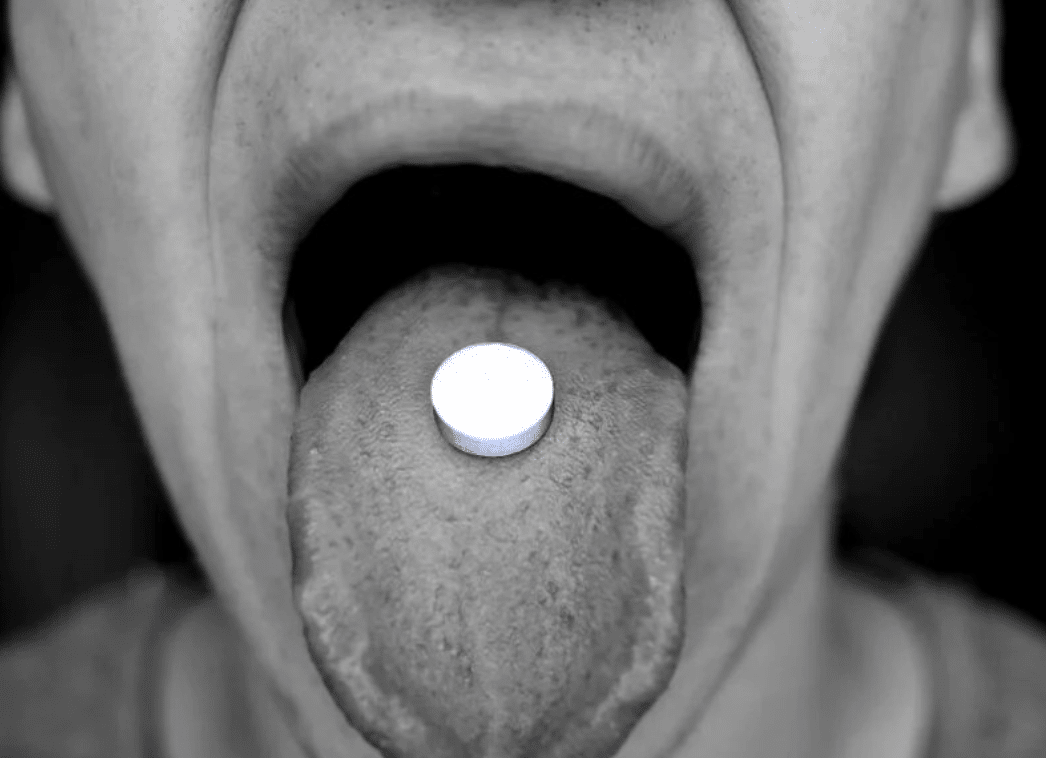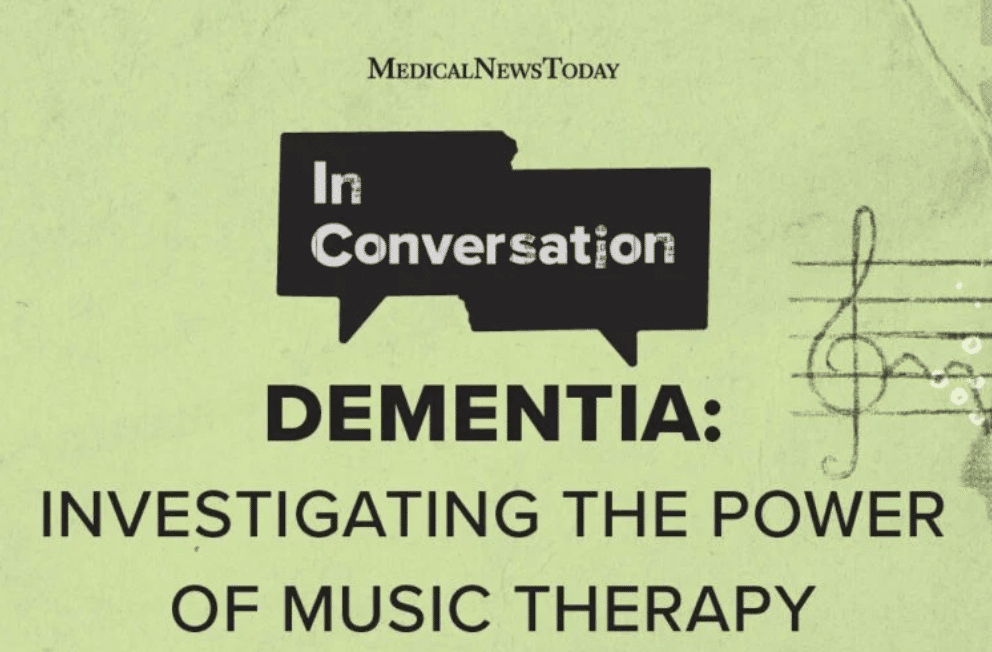The natural healing approach to curing health related issues is always in the direction of self-cleansing, self-repairing, and positive health. This philosophy maintains that even acute disease is a manifestation of the body’s efforts in the direction of self-cure.
Disease, or downgraded health, may be eliminated only by removing from the system the real cause and by raising the body’s general vitality so that its natural and inherent ability to sustain health is allowed to dominate.
So, a question arises: if all disease is a self-repairing effort aimed toward health, then why bother to treat disease at all? Why not just lie back and wait for our pneumonia, ulcer, heart disease, or arthritis to simply go away? The obvious answer, according to common sense, is that just ain’t gonna happen.
The general flow of life’s energies is in the direction of positive health. But, if that flow is hindered or obstructed in any way, the outcome stands a good chance of being less than perfect.
When we talk about health, we are talking about the normal and harmonious interaction of the elements and forces that make up the human being on the physical, mental, and emotional planes, in conformity with the fact that every living cell in an organized body is endowed with an instinct of self preservation. In other words, the general flow of life’s energies is in the direction of positive health.
So, disease then, is an abnormal or inharmonious interaction of the elements and forces that make up the human entity. In the perfectly normal individual, if all aspects of life were kept in harmony, the body would live forever. But the ordinary individual is constantly being subjected to influences that upset his or her inner balance.
Normal internal and external changes in the physical environment are easily compensated for because the body is equipped with sophisticated defense mechanisms that have evolved over ions. As such, it is designed to maintain a healthy internal environment and can protect itself from reasonable adversities.
Unfortunately, modern humanity can no longer be considered either normal or ordinary, as nearly every aspect of modern living causes disharmony on all levels of our existence. In the blink of an eye, we are exposed to radical changes, internally and externally, to our environment.
The physical body, designed for and requiring demanding physical exercise for its optimum functioning, now does stuff that never breaks a sweat. Our diet, which used to be one of whole, unrefined grains, nuts, raw fruits, fresh vegetables, simple proteins, and pure water, is now made up of refined, devitalized grains, highly salted nuts, frozen, canned, or poisoned fruits and vegetables, complex protein meals poisoned by all sorts of drugs, chemicals, and growth hormones, and harmful liquids like coffee, tea, soda, fluoride, and alcohol. Even the air, with its chemtrails and toxic emissions, is no longer pure. It’s no wonder that the body reaches a point when it can no longer safely deal with this vast array of poisons.
Mental and emotional stresses have increased rapidly as well, such as employer-employee relationships, divorce, peer pressure, children being bullied, and on and on and on, causing the body reach a point of no return.
Our saving grace is that we are equipped with various mechanisms, which clear the body of a normal amount of unneeded, unwanted, or toxic substances. But if those channels are clogged, overburdened, or suppressed, harmony can no longer be maintained and disease results. Even so, this disease is still an activity designed to create balance or harmony.
So, with disease being the result of a healing effort of nature to create balance, it is fundamental to better understand and appreciate basic causes of disease.
Accumulation of toxic material within the body due to improper diet, poor circulation, poor eliminations, and lack of demanding exercise is a major factor in almost all disease. While it is acknowledged that other causes do exist, most factors that predispose to disease result in accumulation of poisonous substances in the body which, when the channels of elimination cannot adequately do their job, will invariably initiate a disease process ultimately leading to changes within the cell and eventually the whole body.
Incorrect or unbalanced diets lead to reduced vitality, nutritional deficiency, toxemia, poor eliminations, and local tissue degeneration. Modern food processing and refining and the thrusting upon us of GMOs, leads to an unbalanced, low-fiber, unnatural diet which drastically decreases the nutrient value of food. High-yield fertilizer usage upsets the natural balance of the soil, depletes the essential mineral sulfur, and produces nutritionally inferior and deficient food. Pesticides and additives place a further burden on the body to detoxify unwanted and poisonous substances, causing improper diet to be a major cause of nearly all forms of disease.
Improper posture and body mechanics, due to habit, poor muscle tone, accident, or injury, may interfere with normal nervous activity or the circulation of blood and lymph, leading to tissue degeneration and defective function. As the normal curves of the spine are altered by weak abdominal muscles, high heels, spinal trauma, or poor body mechanics in sitting or standing, the normal relationship of internal organs and their nervous, blood, and lymph supply, and consequently their nutrition, are severely affected. These changes may lead to poor local nutrition, reduced drainage, and reduced tissue vitality. The end result is congestion, toxic accumulation, and disease.
Destructive emotions such as fear, anxiety, hate, self-pity, resentment, lack of tolerance, lack of forgiveness, envy, impatience, and greed can affect the body by upsetting digestion, blood flow, hormone balance, and the general biochemistry of the entire body. Psychological causes of disease are increasing as society places greater pressures on the individual.
The administration of suppressive drugs and vaccines, which inhibit the eliminative efforts of the body and place further demands on it for drug detoxification, are a major cause of disease. Many drugs, and vaccines, in particular, can cause allergic reactions, chronic allergies, and other long-term health problems. The incidence of drug-induced illness is ever upon us, especially in older age groups where multiple prescriptions cause toxic interactions.
Excessive use of alcohol, coffee, and tobacco are serious health threats. These social drugs, although widely accepted and used, are major factors in many disease processes. They can severely damage the liver, lungs, pancreas, thyroid, adrenal glands, and other parts of the body and mind.
Environmental causes of disease are too difficult to avoid. The air, water, and soil have become susceptible to pollution as population increases and we continue to treat the earth without proper respect.
Occupational hazards also help cause disease. Chemical contact and poor air quality are common factors in downgraded health. Some substances that have been around for years, like asbestos, are extremely toxic and pose a severe health risk. Work-related stress may be the greatest cause of illness among workers.
Certain inherited factors or tendencies, congenital predisposition, or abnormalities may also leave an individual more susceptible to disease or unstable conditions. Often, however, these weaknesses only manifest when the body comes under stress from one or more of the other causes of disease above.
Parasitic, virus, or germ infection is not a primary cause of disease but rather its result. Even Pasteur, the recognized father of germ theory, began to understand the true relationship of germs to disease late in his life when he said, “The germ is nothing, the soil is everything,” meaning that a germ can only thrive in a suitable environment. The body normally is hosting to millions of microorganisms, some beneficial, others harmful. If harmful bacteria are allowed to multiply, then typical symptoms of disease result.
In a healthy body several factors can keep harmful bacteria from gaining a strong foothold. The normal healthy bacterial flora in the digestive tract and vagina prevent others from proliferating. The body’s secretions also act to prevent bacterial infection by their pH (acidity or alkalinity) and their other qualities. Many mucous membranes are lined with tiny cilia, or hairs, that constantly move debris and bacteria toward the nearest exit. Glandular structures such as the tonsils are designed to screen foreign matter from the air, and internally from the circulation. Other glands perform a similar process throughout the entire lymphatic circulation, which filters the body’s internal fluids. Foreign invaders that do manage to break through the body’s first line of defenses are attacked by antibodies, consumed by white blood cells, and either digested or removed from the body.
As you can see the body is well protected. Only when defenses are weakened can harmful bacteria take hold. When one or more of the causative factors predisposing to disease are present, the body is forced to fight like hell to reestablish proper equilibrium. Those various avenues of action by the body to free itself of those burdens are as follows:
Fever increases the body’s metabolic rate and circulation of blood and lymph, speeding the removal of toxins from the body, and sending nutrition to diseased areas. The increased circulation also acts as a carrier for the body’s more complicated defenses such as white blood cells and antibodies. Fever also creates a less favorable environment for either bacteria or viruses, which generally have a very narrow temperature range for optimal growth. As fever increases, these organisms begin to die faster then they can reproduce. Hippocrates said, “Give me fever and I will cure any disease.”
Sweating carries toxins out of the system through the skin. It also helps keep the rising temperature within a range that will not endanger the long-term health of the body.
Mucous secretions also remove toxic material from the body. Cells of some mucous membranes protect against invasion by the action of the tiny cilia that move particles of foreign matter and debris toward the nearest outlet. External irritants, bacteria, viruses, or internal toxins stimulate these cilia.
Inflammation, swelling, and edema are actions by the body to localize a problem. Inflammation indicates a local increase in metabolic activity with increased blood and lymph supply, and an increased capillary supply to aid in transport of blood-borne defenses. Edema, or fluid accumulation, aids in diluting an undesirable, toxic, or irritating substance.
Local infection results from a breakdown of vital tissues into waste matter, which then provides a suitable environment for bacterial spread until the body’s forces can remove the waste material. The reduced vitality occurs first, the infection is secondary. Boils, acne, and other local infections may also be the result of an inner cleansing process.
Diarrhea and vomiting are obvious attempts by the body to rid itself of toxic substances. Local irritants may initiate this action, as will systemic toxins.
Pain is a natural mechanism by which the body draws attention to a problem area. Pain indicates that the malfunction can no longer be tolerated and that further persistent pain may result in severe injury.
Sneezing and coughing are serious attempts by the body to rid the respiratory system of irritants and toxins. The coughing up of mucous can reduce the spread of infection my preventing dead matter from stagnating, and also can help prevent blockage of smaller respiratory passageways. Sneezing effectively rids the upper respiratory passages or particle and irritants.
This entire article is to provide information regarding an innate intelligence by the body to reestablish equilibrium and positive health. As such they are corrective and eliminative and should not be suppressed. What is commonly called acute disease is really the result of nature’s efforts to eliminate waste matter or poisons from the body and to repair injured tissues. If the acute condition is not allowed to run its natural course, or is treated with suppressive methods and not allowed to fulfill its intended function of elimination, hello chronic disease. And believe me, that ain’t a good thing.
One final word: I would like to extend my hope to you all to realize some joy and happiness in your lives and your loved ones. There are people out there who care little for your health but a great deal about the money you have to spend. Please take responsibility for your own health and eat to live, not live to eat.
How many pounds have you lost this month? At Dieta Efectiva you can lose 10-12 lbs your first week and 2-5 lbs every week after. Visit us dietaefectiva.netto learn more about our program.







